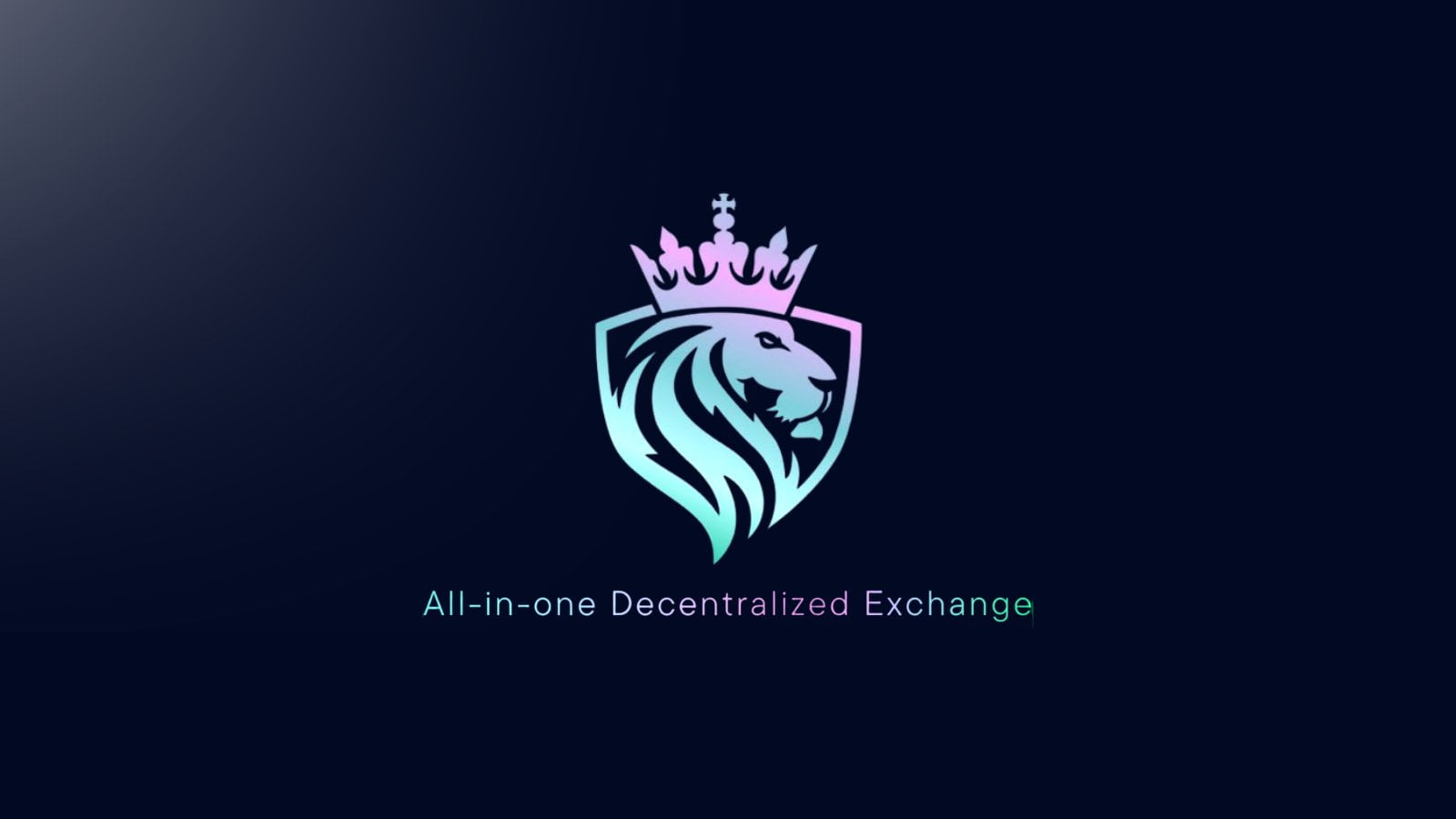Snowfall Protocol and ChainLink Bring Change to the Blockchain Industry! Ripple remains mired in legal battle!
Snowfall Protocol and ChainLink are two major players in the blockchain industry pushing for change. Snowfall Protocol (SNW) is a cross-chain bridge that enables users to exchange assets between different blockchains, while ChainLink provides a secure way for smart contracts to interact with external data. Both projects aim to make blockchain technology more accessible and usable. Meanwhile, Ripple is still embroiled in a legal battle with the US Securities and Exchange Commission, the outcome of which has yet to be determined.
About Snowfall blockchain, ChainLink and Ripple
The blockchain industry is constantly evolving, with new technologies and protocols emerging to make the sector more efficient. One such protocol is the Snowfall Protocol (SNW), and another is ChainLink. Meanwhile, Ripple, a major player in the blockchain sector, is stuck in a legal battle. In this blog, we’ll take a look at what the Snowfall Protocol (SNW) and ChainLink are, how they work together, and the legal battle that Ripple is involved in.
What is the snowfall protocol?
Snowfall Protocol (SNW) is the world’s most efficient cross-chain bridge. It is designed to enable users to transfer assets across the most widely used EVM and non-EVM compatible chains. The Snowfall Protocol (SNW) simplifies the process of communication between blockchains, removes technical barriers and gives all users the same opportunity to engage in their favorite projects.
What is ChainLink?
ChainLink is a decentralized oracle network that gives blockchain smart contracts access to off-chain data, such as market prices and exchange rates. This allows smart contracts to interact with external resources, such as web APIs and payment systems, in a secure and reliable way.
What is Ripple?
Ripple is a major player in the blockchain industry. It is a global payment network that enables banks and financial institutions to send money around the world quickly and securely.
Snowfall Protocol and ChainLink
Snowfall Protocol (SNW) and ChainLink together provide more efficient and secure asset transfers across chains. By combining the two protocols, users can securely transfer assets between different blockchains. This allows users to take advantage of the benefits of both protocols and create a seamless connection between multiple blockchains.
The combination of ChainLink and Snowfall Protocol (SNW) provides users with a number of benefits. First, it enables users to securely transfer assets across different blockchains. This removes the need for users to manually transfer assets between blockchains, saving time and effort. Second, it ensures that the data used in the transfer is secure and reliable. Finally, it allows users to take advantage of the advantages of both protocols, such as speed and security.
Ripple Court Battle
What is the legal battle about?
Ripple is currently involved in a legal battle with the Securities and Exchange Commission (SEC). The SEC accuses Ripple of selling unregistered securities in the form of XRP, the digital currency used on the Ripple network. Ripple denies these claims and claims that XRP is not a security.
What are the results?
The outcome of the legal dispute is still uncertain, as the case is ongoing. However, if Ripple is found guilty, it could face heavy fines and the possibility of having to register XRP as collateral. This could have a major impact on the Ripple network, the price of XRP and the wider blockchain industry.
What we can expect in the future
The outcome of the legal battle between Ripple and the SEC is still uncertain. However, one thing is certain: Snowfall Protocol (SNW) and ChainLink are bringing much-needed changes to the blockchain industry. These two protocols simplify the process of communication between blockchains and provide users with more efficient and secure transfers. As the blockchain industry continues to grow, we can expect the Snowfall Protocol (SNW) and ChainLink to play an important role in the future.
Disclaimer: This is a press release. Coinpedia does not endorse or is responsible for any content, accuracy, quality, advertising, products or other material on this site. Readers should do their own research before taking any action related to the Company.


